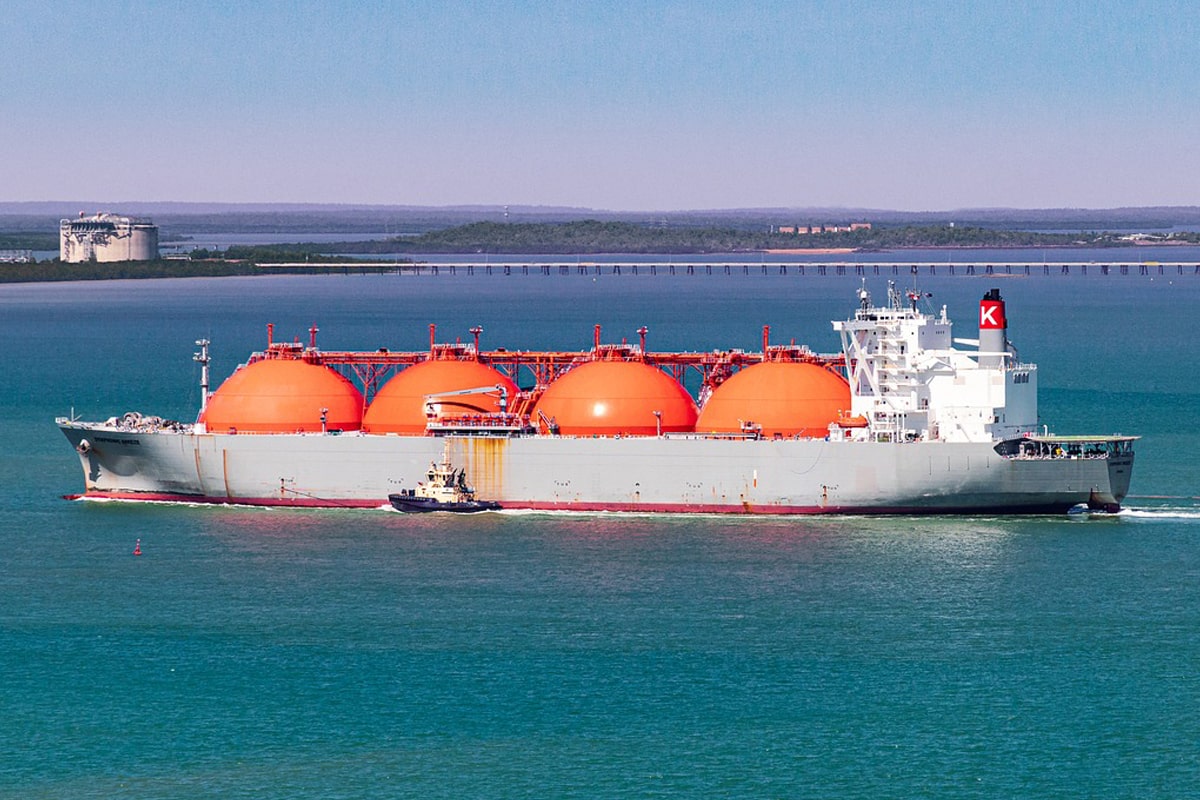Research project ‘NICOLHy’ to take on large LH2 tanks
The BAM and its project partners are not necessarily interested in hydrogen tanks in fuel cell vehicles for the road, but in the long-distance transport of liquid hydrogen – for example, when it is to be transported by ship from the producing countries to Europe.
The initial situation is clear: liquid hydrogen (LH2) is transported and stored at minus 253 degrees Celsius, but has a significantly higher energy density than hydrogen, which is stored in gaseous form under high pressure. In other words, more can fit into the tank. However, thermal insulation is particularly important due to the extremely cold temperature.
“To date, the large LH2 storage tanks have been designed in a similar way to the small tanks for liquefied natural gas: they have a spherical shape to better withstand the pressure and minimize storage losses. They also have a complicated double wall that serves as thermal insulation,” the BAM wrote in the press release. “However, spherical storage tanks have several disadvantages that make them unsuitable for large-scale use in the hydrogen economy.”
Two centimetres of insulation instead of several metres
These include the capacity, which is limited to around 5,000 cubic metres with current technology. “In the future, however, tanks for ships and stationary applications with at least ten to forty times this volume will be needed for liquid hydrogen. Scaling up the tanks accordingly is costly and involves technical risks,” says BAM. The production time for such spherical storage tanks is also very long at over a year, “as many of the processes build on each other and therefore have to take place successively”. In addition, the outer polyurethane insulation layer would have to be several metres thick for spherical storage tanks in the required sizes of 50,000-200,000 cubic metres.
The NICOLHy consortium’s approach includes the principle of VIP thermal insulation (VIP = Vacuum Insulation Panel). A double wall with a vacuum and a filling material made from a highly porous powder minimises the loss of cold or heat input. The principle is already used in building insulation but not yet in hydrogen storage – this is now to be trialled.
Instead of several metres of polyurethane insulation, a corresponding VIP insulation would only be around two centimetres thick, according to BAM. In addition, the tanks can be designed in a rectangular shape and thus the installation space on board a transport ship can be utilised much better than with several spherical tanks.
“Initial results show that the VIP insulation principle can be successfully used for the storage of liquid hydrogen,” explains Robert Eberwein, expert for hazardous goods tanks at BAM, who is coordinating the EU project. “Overall, the capacity can be almost doubled compared to spherical storage tanks, costs can be reduced by 80 percent and energy efficiency and safety can be increased at the same time. In the project, we will continue to research aspects such as sustainability, cost-effectiveness and safety. The modular storage technology could significantly accelerate the establishment of liquid hydrogen in the German and European energy industry.”
In addition to BAM, the project consortium includes the University of Bologna, the German Aerospace Centre, the Norwegian University of Science and Technology and the National Technical University of Athens.





0 Comments